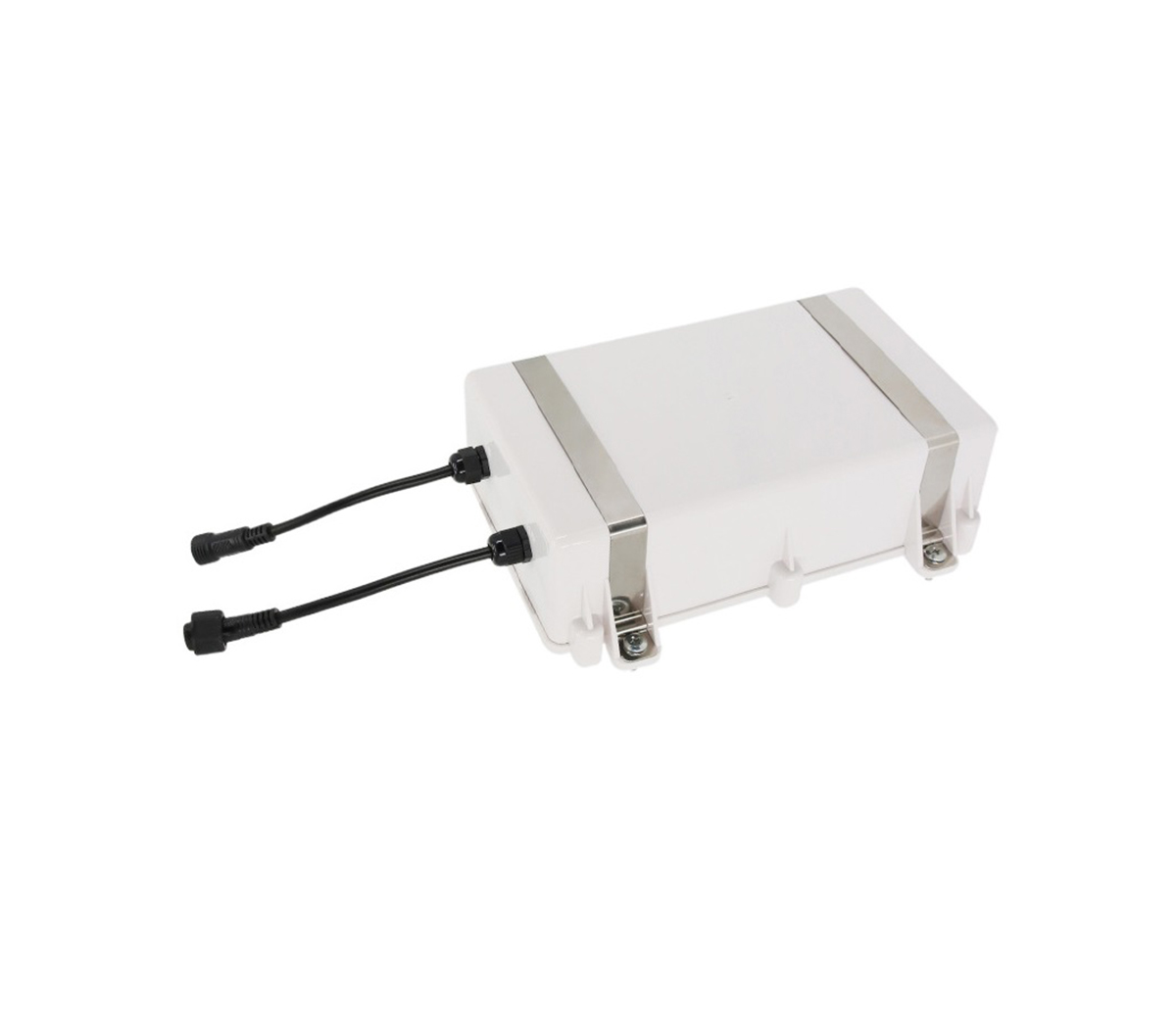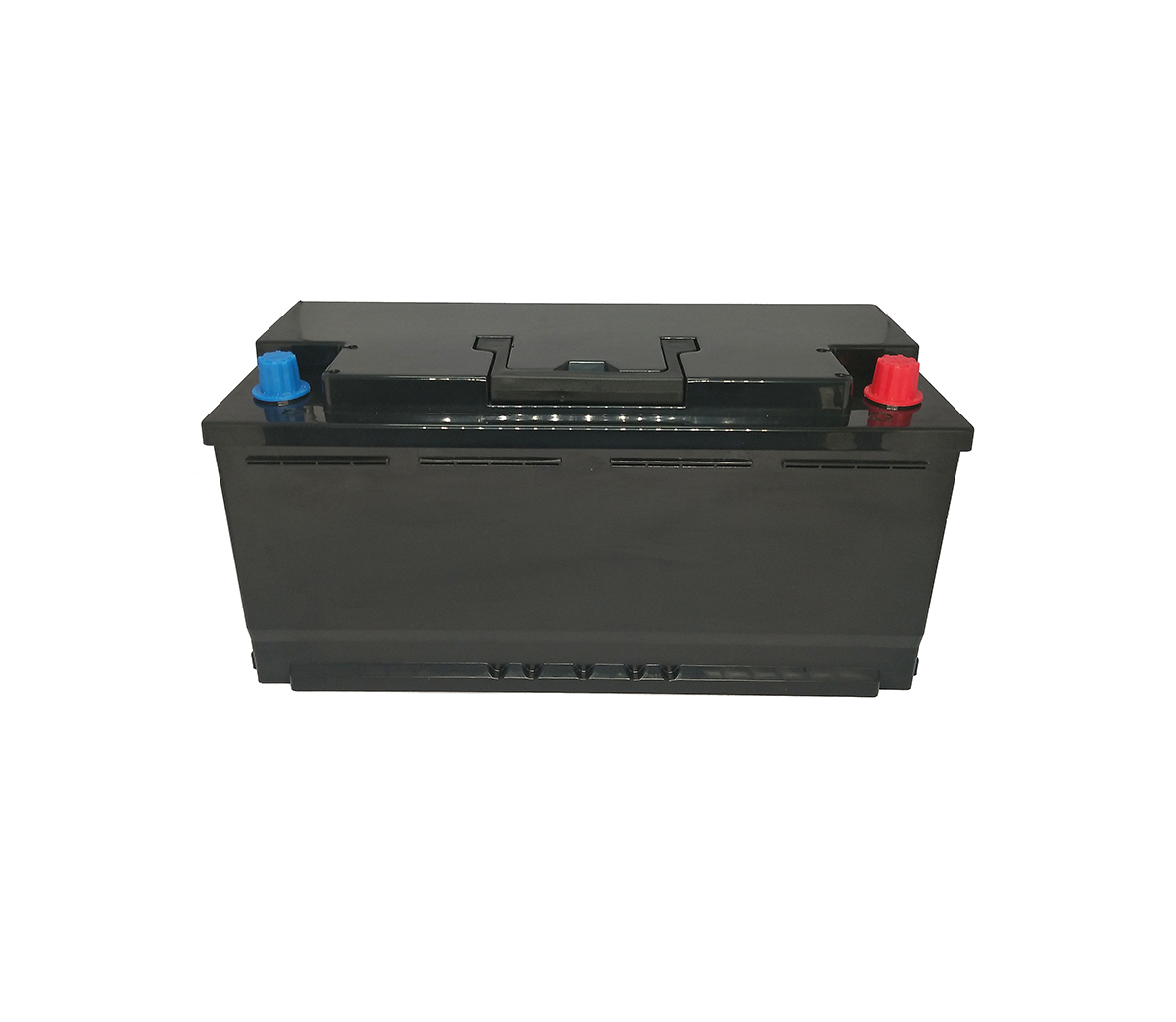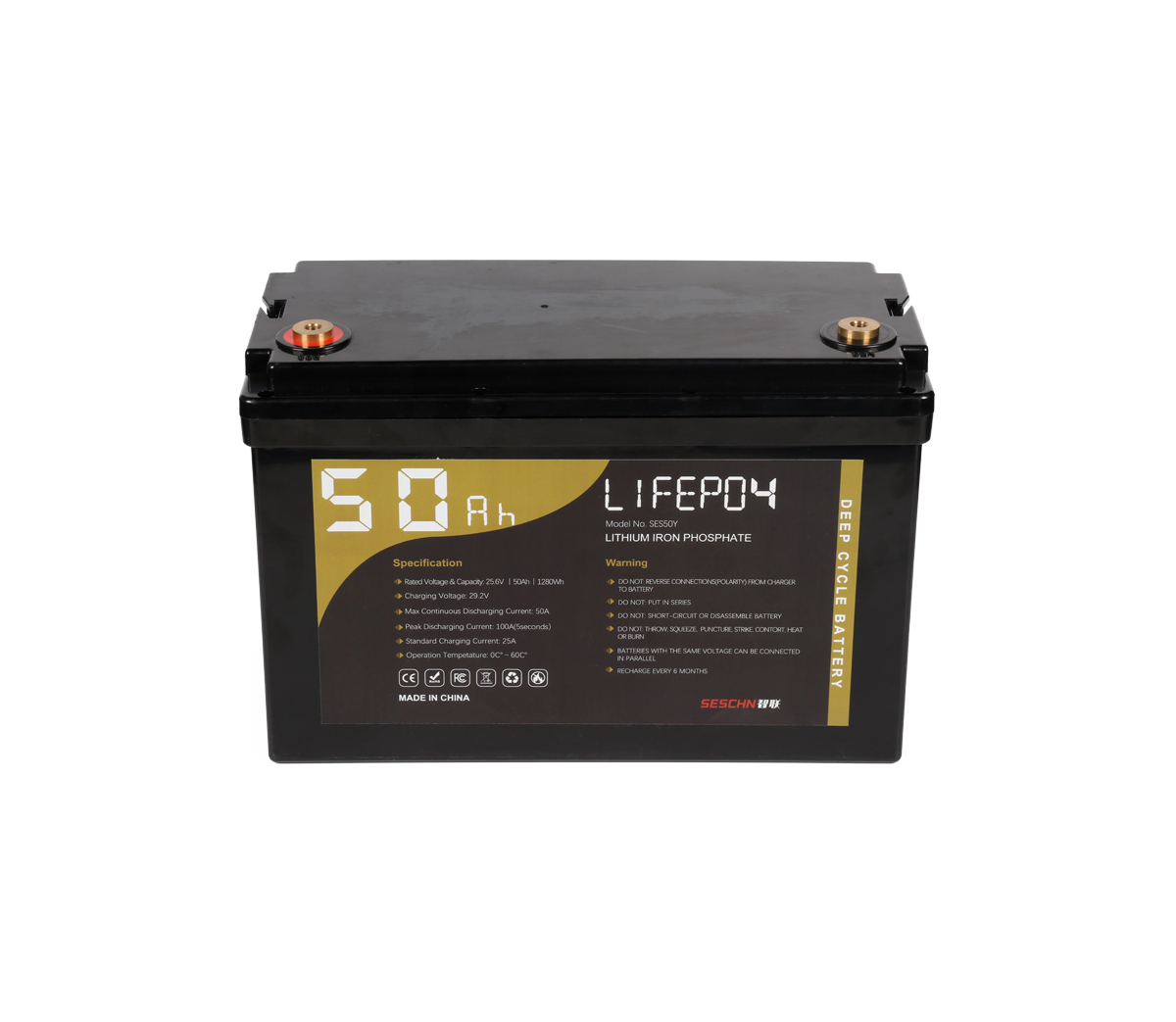CATL's fast charge, the big reveal of lithium battery fast charge
technology
CATL's fast charge, lithium battery fast charge technology is a great
secret. What is fast charging technology? What is the principle of fast charging
technology? Where is the technical difficulty? Today I am very honored to invite
CATL "Quick Charge King" Wang Bo to explain the fast charge technology to
everyone.
What is fast charging technology? What is the principle of fast charging
technology? Where is the technical difficulty? Today I am very honored to invite
CATL "Quick Charge King" Wang Bo to explain the fast charge technology to
everyone.
Wang Bo, the first person to research lithium battery fast charging
technology in China, has eight years of fast charging technology research and
development experience. When you see "Charge for 5 minutes, talk for two hours",
you think of Wang Bo's knowing smile.
To understand fast charging, there is no escape from a technical term. What
is C! C? C refers to the charge rate, which can be simply understood as the rate
of charge and discharge. The charge-discharge rate of lithium-ion batteries
determines how fast we can store a certain amount of energy in the battery, or
how fast we can release the energy in the battery.
For example, for 1C current, it takes 1/1=1 hour from full charge to
discharge; 2C=1/2 hour, which is 30 minutes; 4C, it takes 15 minutes.
Fast charge and slow charge are relative concepts. The industry generally
believes that fast charging of electric vehicles refers to a charging method
with a charging current greater than 1.6C, that is, a technology that takes less
than 30 minutes to charge from 0% to 80%.
If we visually compare a lithium-ion battery to a rocking chair, the two
ends of the rocking chair are the two poles of the battery, and the lithium ion
is like an excellent athlete running back and forth on both ends of the rocking
chair.
When charging, lithium ions are generated on the positive electrode of the
battery, and the generated lithium ions move to the negative electrode through
the electrolyte. The carbon as the negative electrode has a layered structure,
which has many micropores for the insertion of lithium ions that reach the
negative electrode. The more lithium ions are inserted, the higher the charging
capacity.
During fast charging, lithium ions need to be accelerated and inserted into
the negative electrode instantaneously. This poses a great challenge to the
negative electrode's ability to quickly receive lithium ions. The battery of
ordinary chemical system will have by-products in the negative electrode during
fast charging, which will affect the cycle and stability of the battery.
Therefore, the core of the lithium battery fast charging technology is to
accelerate the speed of lithium ions moving between the positive and negative
electrodes through chemical system and design optimization without affecting the
battery life and reliability.
The diffusion and movement of lithium ions between the positive and
negative electrodes is the same as the one-hundred-meter race. We hope that the
runways should be wide enough and not crowded with each other. How to widen the
channel?
For this reason, on the graphite surface of the negative electrode, CATL
uses the "fast ion ring" technology, which is equivalent to creating a
high-speed track on the graphite surface, which greatly accelerates the
insertion of lithium ions in the graphite layer. The modified graphite takes
into account both super fast charging and high Characteristics of energy
density.
There are no by-products in the negative electrode during fast charging,
which greatly improves the insertion speed of lithium ions in the graphite
layer, so that it has a 4-5C fast charging capacity, and realizes fast charging
in 10-15 minutes.
In addition, the heat dissipation rate inside the battery is also an
important factor affecting the rate performance. If the heat dissipation rate is
slow, the heat accumulated during high-rate charging and discharging cannot be
transferred out, which will affect the reliability and life of the lithium-ion
battery.
The fast charging products currently developed by CATL are equipped with a
self-developed thermal management system, which can fully identify the "healthy
charging range" of a fixed chemical system at different temperatures and SOCs,
greatly expanding the operating temperature range of lithium batteries.
When the southern summer is very hot, the battery system automatically
sends out a cooling demand, and the water cooling system is activated to cool
the battery core, so as to achieve "full climate" fast charging.
When the battery is in the cold winter in the north, the water heating
system heats the battery cell at low temperature. When the battery cell
temperature reaches the required level, the fast charge mode is turned on.
At present, CATL super iron lithium fast charging products have been
applied in batches in the field of commercial vehicles, which can achieve 85%
full charge within 10 minutes, and the cycle life can reach more than 10,000
times. More than 2,600 electric buses equipped with CATL super fast charging
products have been in operation on the market, and they are operating in good
condition and have been well received by vehicle companies and bus users.
The fast charging technology of passenger cars can also achieve 350
kilometers of battery life and complete charging within 15 minutes. At present,
many passenger car companies are cooperating with CATL to develop fast charging
products.
However, for the popularization of high-power fast charging, there are
still many difficulties that must be overcome one by one in the upstream and
downstream of the industry chain.
01
Impact of infrastructure
The power of fast charging can reach 350kW, which imposes a heavy burden on
the existing power grid and may affect the stability of the power grid. At the
same time, due to the lag in the design and laying of infrastructure, it may
have a certain impact on the promotion of fast charging.
Standardization and voltage power rating
02
Generally speaking, fast charging uses DC charging, which are basically
public facilities. In this way, different manufacturers should adopt the same
charging protocol and standard, so that public facilities can be better
used.
03
The challenge of electrical systems
With the increase of battery voltage, the power devices of power
electronics in vehicles are new challenges. Due to technological limitations,
only some foreign manufacturers can provide related products. This poses a
challenge to patents and the cost of the entire vehicle.
Challenges of thermal management during charging
04
The high current of fast charging and the large heat generated by the
battery and charging system are a big challenge to the thermal management system
of the vehicle. Improve the efficiency of thermal management, and explore the
use of direct cooling in the vehicle and off-board cooling systems. Possible
challenges.
You have to accept these quick charging tips
Is there any scientific basis for fast-charging batteries?
What are the consequences of injury?
Every battery of the same design has a "healthy charging interval", and the
chemical system of fast charging batteries is specially optimized. Its "healthy
charging interval" is larger than that of slow charging batteries, and the
charging current it can withstand is naturally greater than Slow-charge
batteries must be large.
Therefore, if you use a system-optimized fast-charge battery, its life will
not be affected. However, if the slow-charge battery is forced to be used as a
fast-charge battery, because the charging current exceeds the healthy charging
interval of the slow-charge battery, the battery will suffer relatively serious
damage and its life will be greatly shortened.
After years of research, CATL has found that the healthy charging interval
is related to two factors, one is temperature and the other is SOC (the state of
charge, the level of voltage). So just identify the healthy charging interval of
each battery and perform fast charging within the range. It can be charged
quickly without harming it.
How often do you use fast charging
There is no strict limit, it depends on the user application scenario. Taxi
companies have purchased electric cars and use electric cars as a means of
production. They have strict requirements on the charging speed, so there is no
ceiling. On average, taxi users charge once or twice a day, fast charging during
the day and slow charging at night. This can not only meet the needs of taxi
operations, slow charging at night is also helpful for fast charging cycles, and
at the same time can take advantage of the peak-to-valley price difference.
The daily mileage of private car owners is less than 50 kilometers, and
they generally use slow charging. For private car owners, fast charging is
generally based on emergency charging.
Eat 80% full
Is the fast charge to 80% less harmful to the battery?
The battery has an effective volume, and the effective volume is generally
reached when it reaches 95%. If the battery is fully charged every time, the
battery will be in a full-load working state, and the battery will be exhausted
in the long run. The last trickle part of the fast charge can be omitted,
because the current will be very small at the end of the charge. Since it is not
a constant voltage, the voltage will be very large at this time, so the
efficiency of the final charge is very low. It is better to just let the battery
eat each time. To 80% full. On the contrary, the battery will be in a very
healthy state, which is the same as people eating.


































